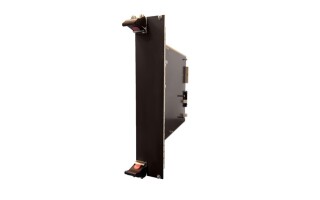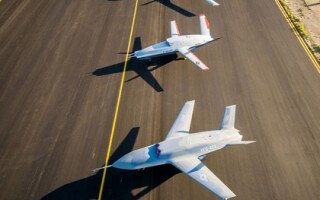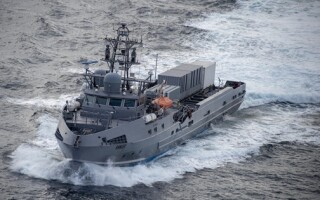Nanosatellites will extend communications reach for military forces
NewsNovember 21, 2018

VANDENBERG AIR FORCE BASE, Calif. The U.S. Navy has launched a nanosatellite from the Vandenberg Air Force Base that is intended to expand the range of ultra-high frequency (UHF) communications into the polar regions.
Officials at the Navy’s Program Executive Office (PEO) Space Systems in conjunction with developers at Space and Naval Warfare Command Systems Center Pacific are leading the effort -- known as the Integrated Communications Extension Capability (ICE-Cap) -- which will demonstrate the ability of low-Earth-orbit satellites to extend the geographic coverage of the Mobile User Objective System (MUOS) and legacy UHF Follow-On (UFO) satellite constellations to the polar regions.
MUOS gives mobile forces in the field cellphone-like capabilities via the Wideband Code Division Multiple Access (WCDMA) while also supporting the legacy UHF currently provided by the UFO satellites. The current configuration has four MUOS satellites with one on-orbit spare, all of which enable UHF coverage between 65 degrees north and 65 degrees south latitude.
The ICE-Cap satellite will act as a relay to the existing MUOS constellation and -- based on its orbit -- extend communications into the polar regions for mobile forces.
“The development and launch of these four nanosatellites demonstrates the Navy’s interest in leveraging the significant growth and private-sector investment in disruptive, new-space technologies aimed at driving down the costs of developing, building, launching, and operating constellations of small satellites, increasing access to space,” said Lt. Cmdr. Shawn Kocis, the assistant program manager for science and technology at PEO Space Systems. “Recent advances in small and nanosatellite technologies will enable the Navy to address current and future warfighting challenges rapidly by being able to leverage the latest technology advances.”








